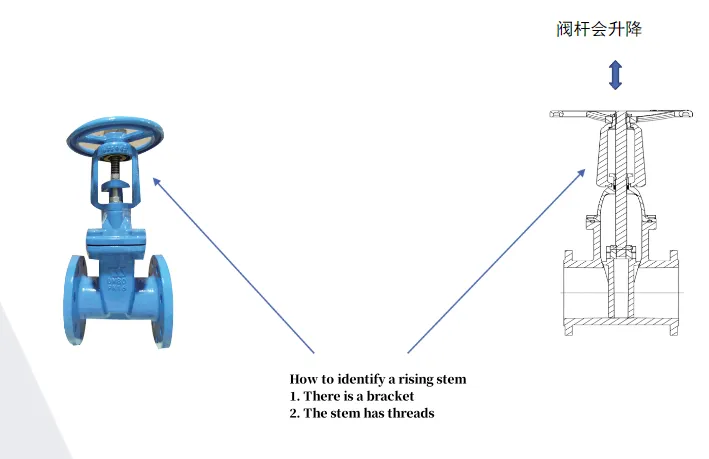Exploring the Mechanisms and Applications of Butterfly Valve Actuators in Modern Engineering Systems
Overview of Butterfly Valve Actuators
Butterfly valves are widely utilized in various industries for flow control in piping systems. Their design, characterized by a rotating disc that regulates flow, makes them compact and lightweight while providing excellent efficiency. However, to enhance their functionality and ensure automated operations, butterfly valve actuators play a crucial role. This article delves into the types, functions, and benefits of butterfly valve actuators.
Understanding Butterfly Valve Actuators
Butterfly valve actuators are devices that facilitate the automatic opening and closing of butterfly valves. These actuators can be categorized into three primary types electric, pneumatic, and hydraulic. Each type has its unique advantages and is suited for different applications based on operational requirements and the environment in which the valve operates.
1. Electric Actuators These are driven by electric motors and are perfect for applications requiring precise control. Electric actuators are highly adaptable, providing easy integration with control systems. They allow for programming, making them ideal for complex systems where valves need to be adjusted frequently or according to specific parameters.
2. Pneumatic Actuators Powered by compressed air, pneumatic actuators are renowned for their speed and reliability. They are commonly used in industries where rapid valve actuation is necessary, such as in water treatment facilities and process industries. However, they require a continuous supply of air, which must be monitored to ensure uninterrupted operation.
3. Hydraulic Actuators These actuators utilize hydraulic fluid pressure to operate the butterfly valve. They are typically used in high-pressure applications where significant force is required. Hydraulic actuators are robust and can handle larger valves, making them suitable for heavy industrial applications.
Functions of Butterfly Valve Actuators
The primary function of a butterfly valve actuator is to control the position of the valve disc. By adjusting the valve's position, the actuator regulates fluid flow while maintaining the desired pressure and temperature within the system. The actuators contribute to system efficiency by enabling precise flow control, which can minimize energy consumption and optimize process performance.
Additionally, many modern actuators come equipped with feedback mechanisms that provide real-time data on the valve’s position. This feature is essential in automated systems, where continuous monitoring is crucial for operational efficiency. Automation reduces the need for manual intervention, thereby minimizing the risk of errors and improving workplace safety.
butterfly valve actuator

Benefits of Using Butterfly Valve Actuators
The integration of actuators with butterfly valves offers numerous benefits
- Efficiency Automated control leads to quicker responses to changes in system conditions, enhancing overall efficiency and productivity.
- Cost-Effectiveness By optimizing flow control, butterfly valve actuators can reduce operational costs associated with energy consumption and waste.
- Safety In industries handling hazardous materials, automated actuators can significantly improve safety by minimizing human intervention in potentially dangerous situations.
- Versatility The variety of actuator types allows for tailored solutions based on specific operational needs, from small-scale applications to large industrial processes.
- Maintenance Modern actuators often require less maintenance due to advanced design and technology. This reliability reduces downtime and maintenance costs.
Conclusion
Butterfly valve actuators play an indispensable role in modern industrial systems. Their ability to provide reliable, efficient, and automated control of fluid flow makes them a vital component in various applications. As industries continue to evolve and demand greater efficiency, the importance of integrating sophisticated butterfly valve actuators will only grow, paving the way for enhanced operational processes and safer work environments.
-
The Key to Fluid Control: Exploring the Advantages of Ball Valves in Industrial SystemsNewsJul.09,2025
-
The Versatile World of 1, 2, and 3 Piece Ball ValvesNewsJul.09,2025
-
Stainless Steel Ball Valves: The Ideal Choice for Efficient Flow ControlNewsJul.09,2025
-
Optimizing Fluid Control with Ball Float ValvesNewsJul.09,2025
-
Manual Gate Valves: Essential for Control and EfficiencyNewsJul.09,2025
-
Everything You Need to Know About Butterfly ValvesNewsJul.09,2025
-
The Versatility of Wafer Type Butterfly ValvesNewsJul.08,2025




